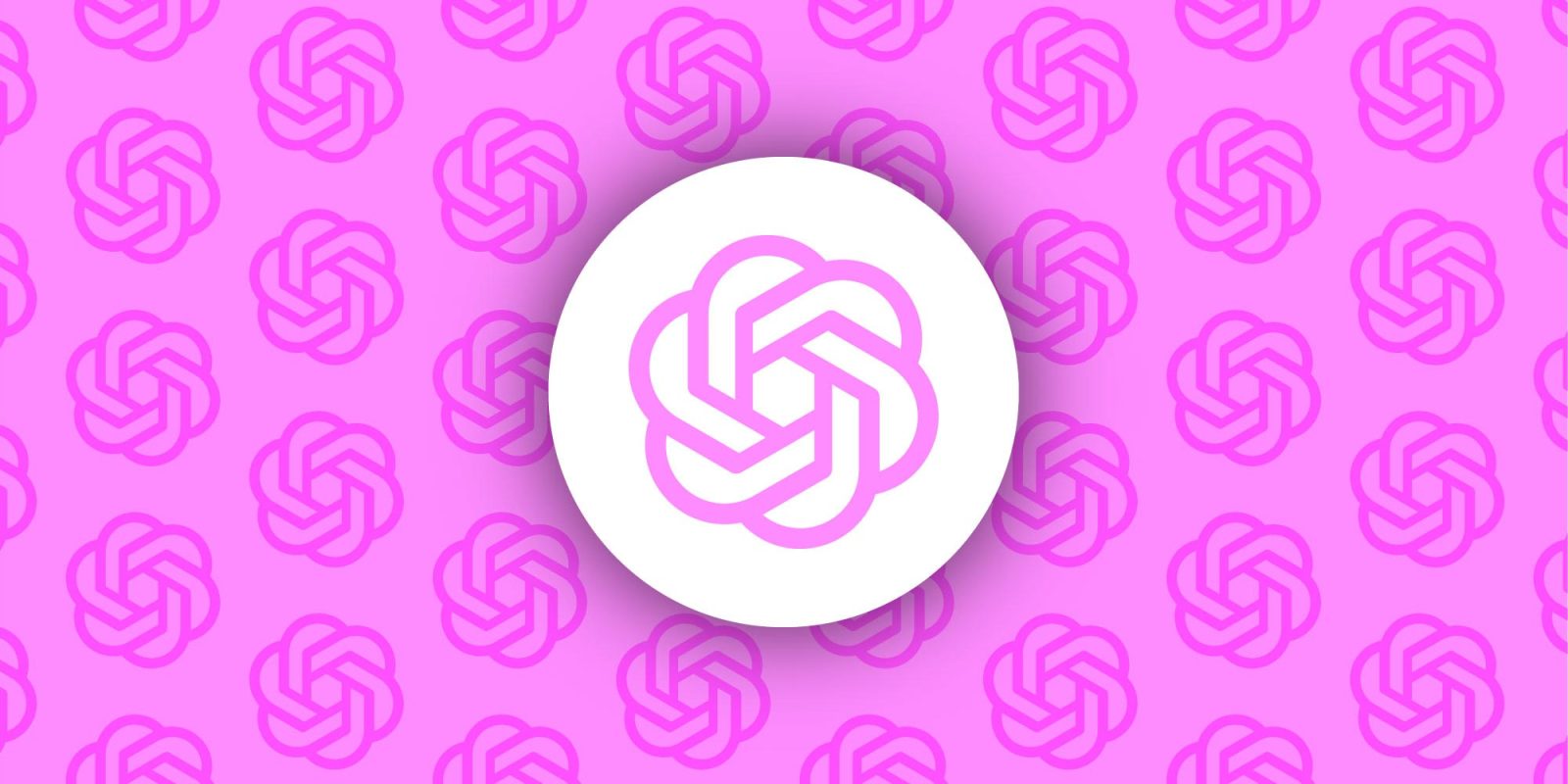OpenAI’s ChatGPT has recently introduced a significant enhancement by integrating advanced image generation capabilities into its platform. This feature, powered by the DALL·E 3 model, was initially exclusive to ChatGPT Plus subscribers. However, due to overwhelming user interest and demand, OpenAI has announced plans to extend limited access to free-tier users.
The DALL·E 3 model represents a substantial advancement in AI-driven image creation, capable of producing photorealistic images and accurately incorporating textual elements. Its ability to generate detailed visuals from simple prompts has captivated users, leading to a surge in creative outputs shared across social media platforms. Notably, many users have been transforming personal photos into Studio Ghibli-style portraits, showcasing the model’s versatility and appeal.
This surge in usage has placed considerable strain on OpenAI’s computational resources. CEO Sam Altman humorously remarked that the influx of image generation requests was melting their GPUs, highlighting the unprecedented demand and the challenges of scaling such a resource-intensive feature.
In response to this demand and to make the feature more accessible, OpenAI has decided to offer free-tier users the ability to generate up to three images per day. This move aims to democratize access to advanced AI tools, allowing a broader audience to explore and utilize AI-driven image generation. While the exact rollout date for this expansion has not been specified, the announcement indicates that it will be implemented in the near future.
The introduction of image generation capabilities to ChatGPT’s free tier is part of OpenAI’s broader strategy to enhance user engagement and showcase the potential of AI in creative applications. By providing users with tools to generate images for presentations, personalized cards, or conceptual visualizations, OpenAI is positioning ChatGPT as a versatile assistant capable of both textual and visual content creation.
However, the expansion also raises questions about the sustainability of offering such computationally intensive features to a vast user base. The initial strain on resources suggests that OpenAI may need to implement measures such as rate limiting or prioritization to manage demand effectively. Additionally, the company will need to address potential concerns related to content moderation, copyright issues, and the ethical implications of AI-generated imagery.
Despite these challenges, the decision to extend image generation capabilities to free-tier users reflects OpenAI’s commitment to making advanced AI tools more accessible. By allowing a wider audience to experiment with and benefit from AI-driven creativity, OpenAI is fostering innovation and exploration in the realm of artificial intelligence.
As the rollout progresses, users can anticipate further enhancements and refinements to the image generation feature. OpenAI’s proactive approach to user feedback and its dedication to improving AI capabilities suggest that ChatGPT will continue to evolve, offering even more sophisticated tools for both free and subscription-based users.
In conclusion, OpenAI’s expansion of ChatGPT’s image generation feature to include free-tier users marks a significant step in the democratization of AI tools. While challenges related to resource management and ethical considerations remain, the move underscores the company’s commitment to accessibility and innovation in the AI space.



